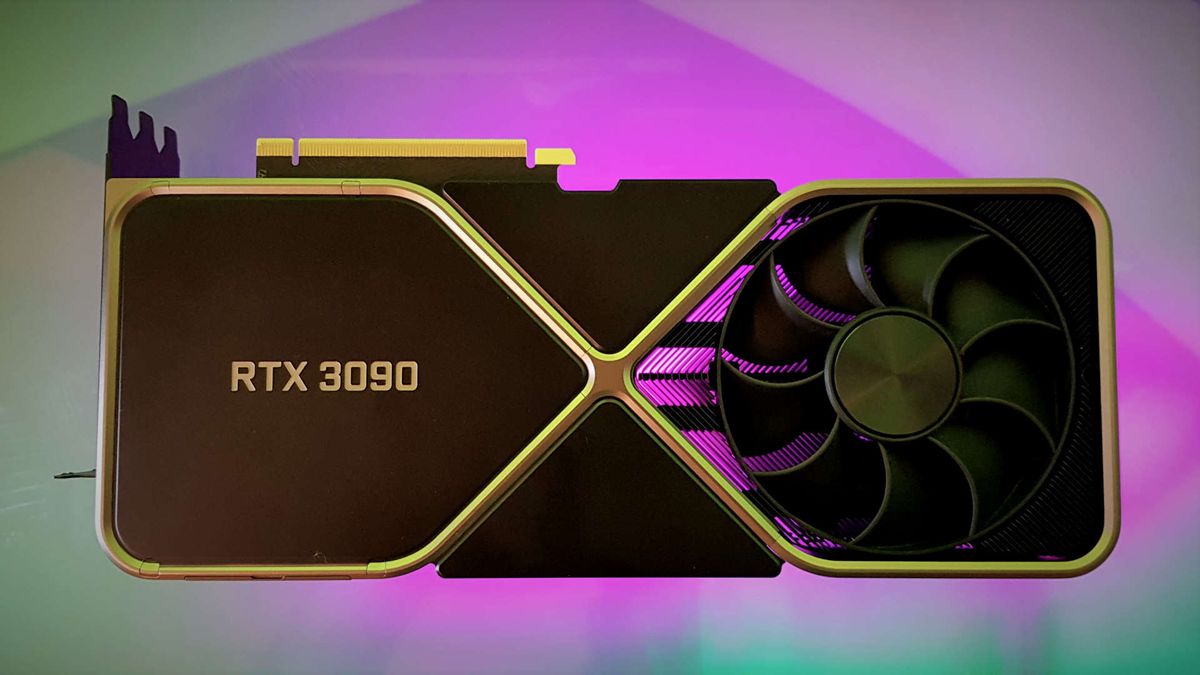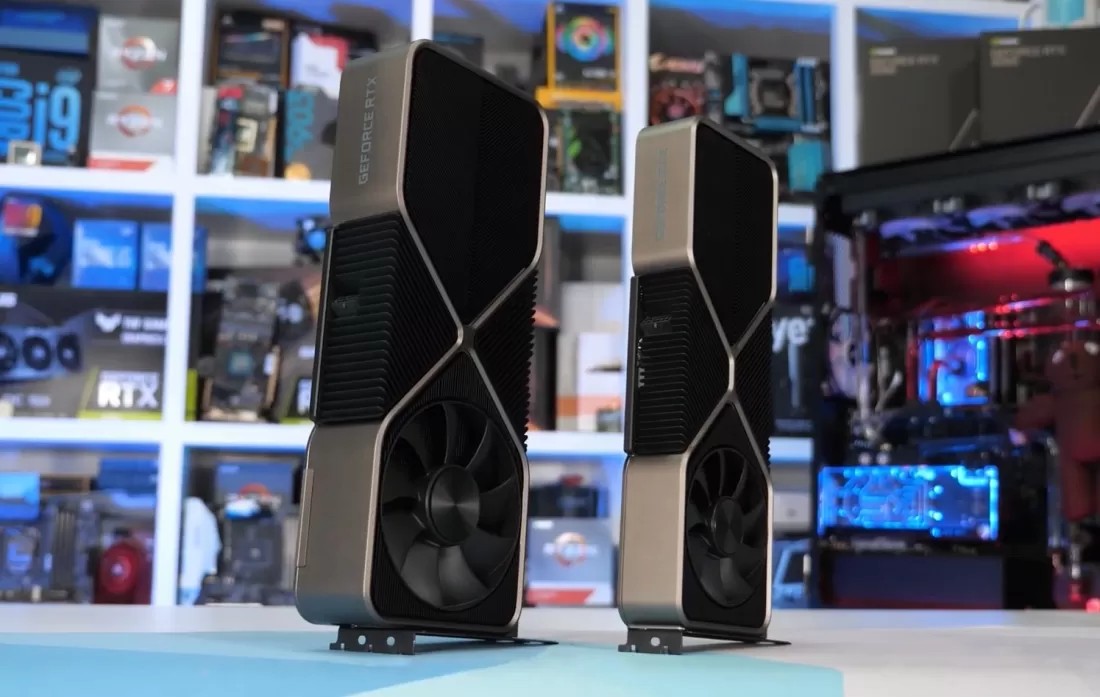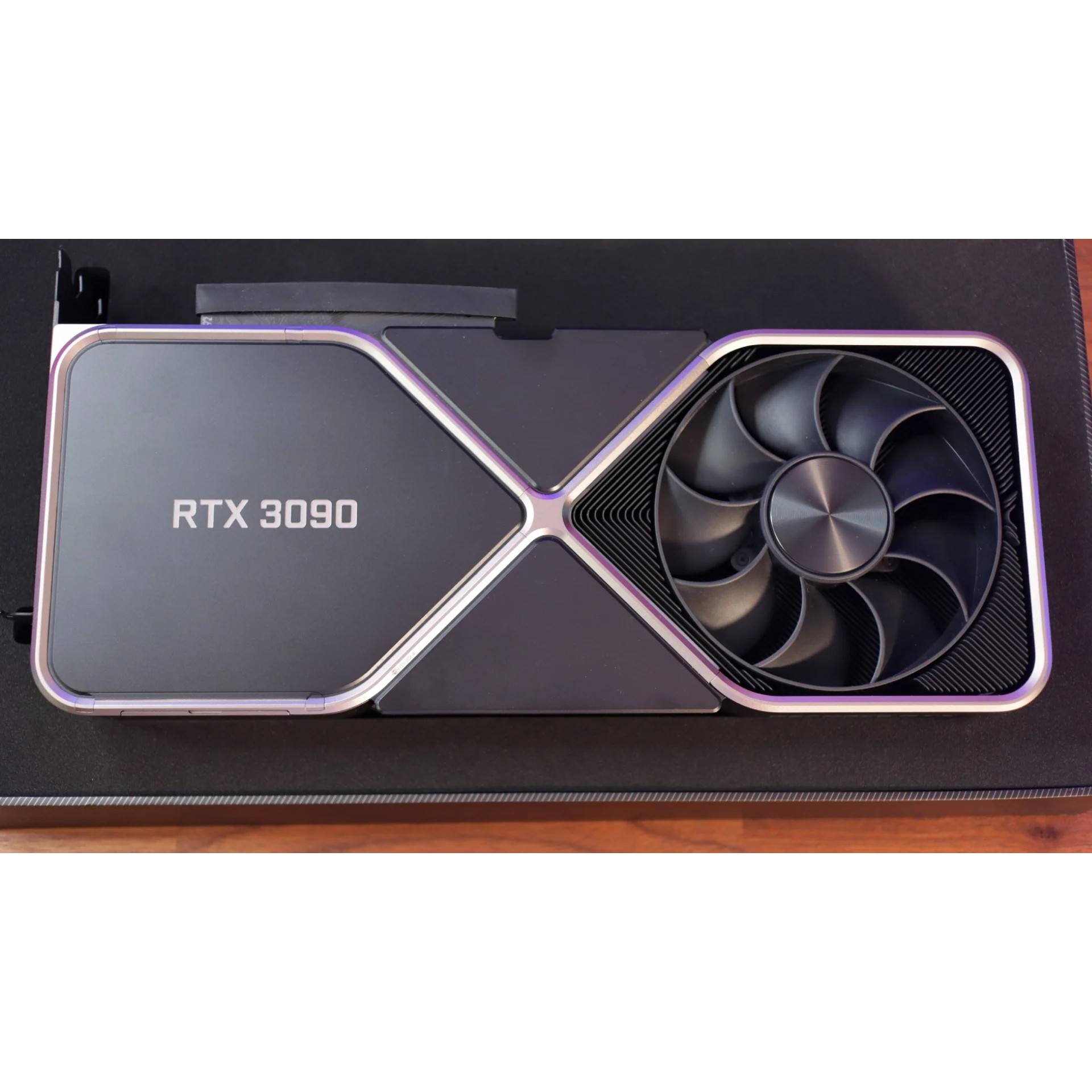The current period is particularly active for media, board partners, and, of course, NVIDIA. While they are in the midst of launching various models of the Ampere-based GeForce 30 series graphics cards, they are also engaged in the acquisition of a small company known as ARM. However, let us focus on the task at hand: a review and benchmark of the new premium flagship graphics card. We present the formidable GeForce RTX 3090, equipped with a Shader core count that is sure to raise eyebrows, boasting an impressive 24 GB of exceptionally fast GDDR6X graphics memory. The GeForce RTX 3080 is already a remarkable product, yet NVIDIA has chosen to push the boundaries further. It is important to note that the product being discussed today is primarily designed for Ultra HD and higher resolutions, serving as a successor to the RTX Titan. Although I write this before conducting any tests, I recognize that it may be challenging to identify the practical applications of this product. Nevertheless, it is worth mentioning that a product does not necessarily need to be practical to be appreciated. For instance, many admire Ferraris, even if they are not the most relevant example at this moment. Perhaps a Tesla Model S is a better comparison; while it may be out of reach for many, it offers an exhilarating driving experience and evokes a sense of operating a vehicle from a science fiction narrative. In this context, we anticipate that the RTX 3090 will carve out its own niche.
The year 2017 marked the emergence of the Ampere name as a GPU architecture on the internet, yet until early this year, NVIDIA had not included it in any of its consumer roadmaps. The development of the Ampere consumer variant was conducted under a veil of military-grade confidentiality. Ampere, which serves as the fundamental unit of electric current in the International System of Units, is named in honor of André-Marie Ampère, a French mathematician and physicist renowned as the father of electrodynamics. NVIDIA has a history of naming its GPU architectures after prominent mathematicians and physicists, including Pascal, Fermi, Kepler, Maxwell, and more recently, Turing. Although it was widely acknowledged that the new GPUs would utilize the Ampere architecture, extensive discussions surrounding fabrication nodes, architecture, and specifications have taken place. Nevertheless, it appears that many have overlooked the fact that Ampere was already introduced earlier this year for the high-performance computing (HPC) sector. The inaugural product utilizing the Ampere architecture was the NVIDIA Tesla A100, which features a GA100 Ampere GPU manufactured using a 7nm process at TSMC, boasting 54 billion transistors and 6912 Shader cores.

On September 1, 2020, NVIDIA unveiled its initial trio of Ampere graphics cards during the first launch event. Prior to the announcements, there was an unexpected alteration in the specifications of the GeForce RTX 3080 and 3090, as the Shader core count unexpectedly doubled from earlier expectations. These GPUs are manufactured using an 8nm process developed by Samsung, which represents an advancement over Samsung’s 10nm technology, although extreme ultraviolet (EUV) lithography has not yet been utilized in production. The initial launch featured the GeForce RTX 3080 and 3090, with the GeForce RTX 3070 also set to debut around the same period, adding an element of surprise. The consumer launch of the Ampere series includes the GeForce RTX 3070 with 8GB of GDDR6 memory, the RTX 3080 with 10GB of GDDR6X memory, and the flagship model we are evaluating today, the GeForce RTX 3090, which boasts 24GB of GDDR6X memory. This lineup nearly doubles the ray-tracing performance thanks to the second-generation ray-tracing cores and third-generation Tensor cores. All these cards are compatible with the PCIe 4.0 interface and support HDMI 2.1 and DisplayPort 1.4a. Most notably, the Shader processor count, referred to as CUDA cores by NVIDIA, exceeds the 10,000 mark, a development that took everyone by surprise.
The NVIDIA GA102 GPU serves as the foundation for two initial products: the GeForce RTX 3080 and 3090 graphics cards. This substantial GPU die is noteworthy, particularly the GA102-300-A1 variant found in the 3090, which features 10,496 Shader processors and an impressive 28 billion transistors. It is important to note that this configuration does not represent the fully unlocked potential of the GPU. For reference, the GeForce RTX 3080 is equipped with 8,704 Shader cores, while the GeForce RTX 3070 (utilizing the GA104) offers 5,888 Shader cores. In this review, we will focus on the flagship model, the Founders Edition GeForce RTX 3090, which is complemented by 24GB of GDDR6X graphics memory—24GB and over 10,000 Shader cores is indeed remarkable.




